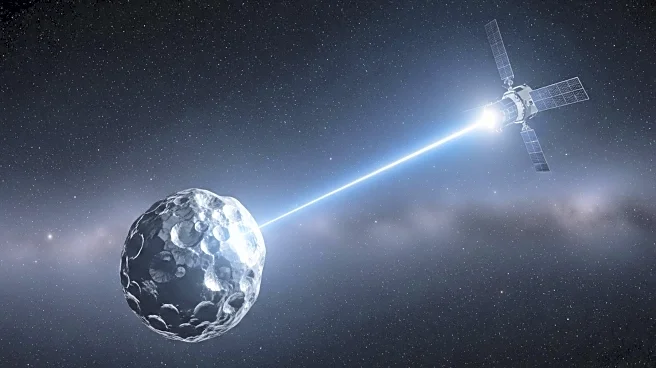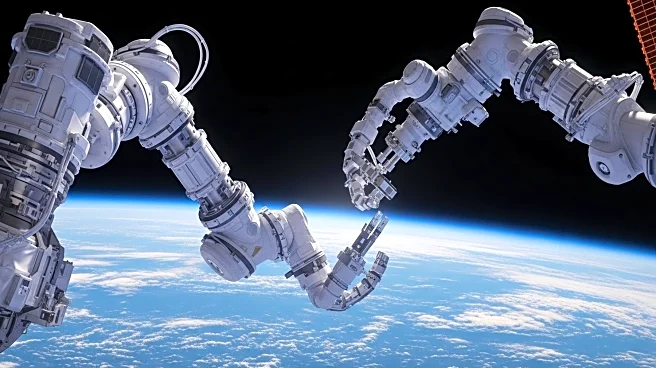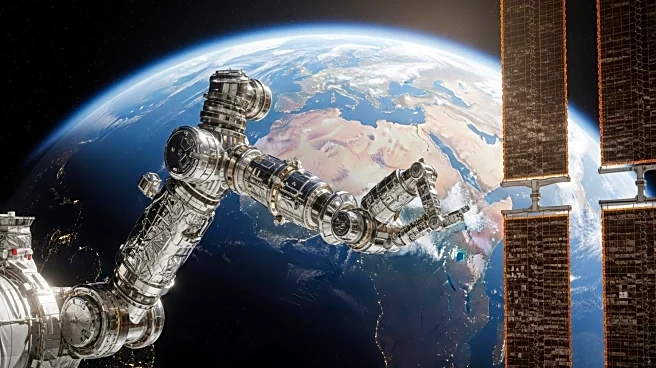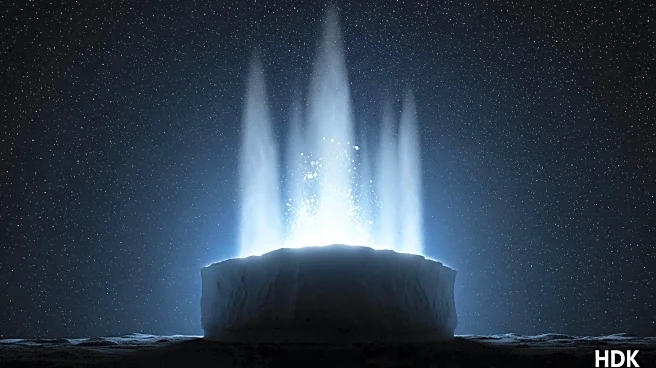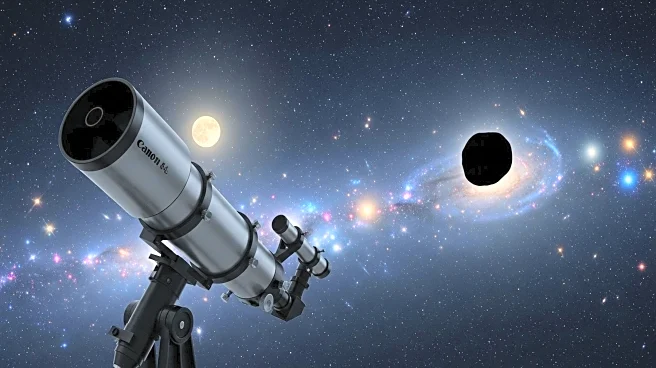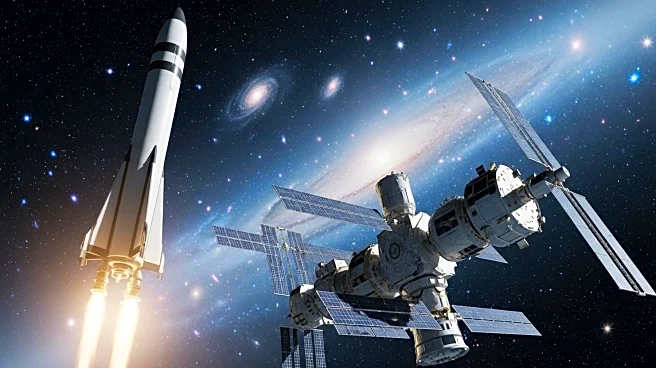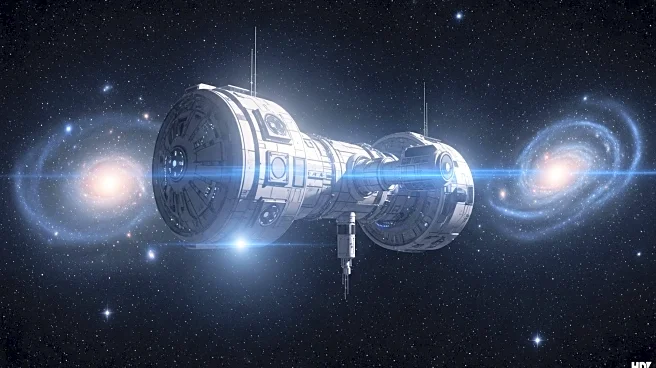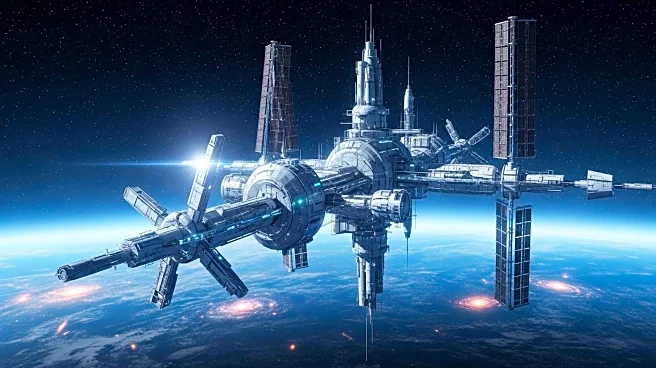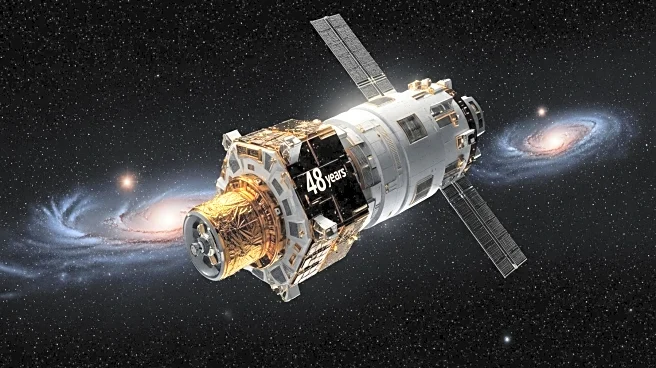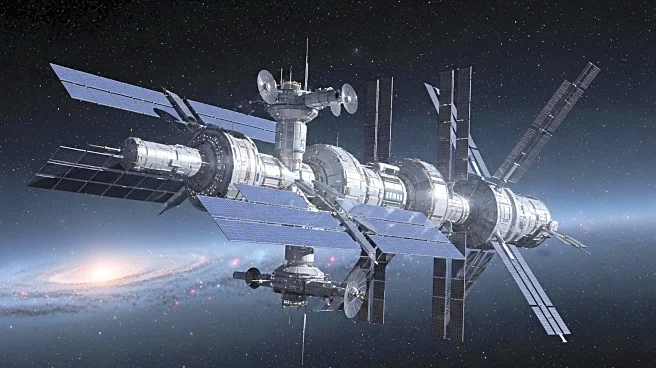What's Happening?
Recent research presented at the EPSC-DPS2025 Joint Meeting in Helsinki emphasizes the critical importance of selecting precise impact points when attempting to deflect hazardous asteroids. Rahil Makadia, a NASA Space Technology Graduate Research Opportunity Fellow, highlighted the potential danger of inadvertently pushing an asteroid through a 'gravitational keyhole,' which could redirect it back towards Earth. The study builds on NASA's DART mission, which successfully altered the orbit of the asteroid Dimorphos in 2022. The European Space Agency's Hera mission is set to further investigate the DART impact in 2026. The research underscores the need for careful planning in future asteroid deflection missions to avoid creating new threats.
Why It's Important?
The findings are significant as they address the potential unintended consequences of asteroid deflection missions, which are designed to protect Earth from potential impacts. The concept of gravitational keyholes introduces a complex challenge, as even a successful deflection could lead to future collision risks if not executed precisely. This research could influence future space missions and international policies on planetary defense, highlighting the need for advanced planning and precise execution. The development of probability maps for asteroid surfaces could become a crucial tool in ensuring the safety and effectiveness of these missions.
What's Next?
The next steps involve further refinement of the probability mapping techniques and potentially integrating these findings into future asteroid deflection missions. As the Hera mission approaches its target in 2026, it will provide additional data that could validate or refine current models. The research community and space agencies may also explore collaborative efforts to develop more sophisticated tools and strategies for planetary defense, ensuring that any deflection attempts minimize the risk of creating new threats.
